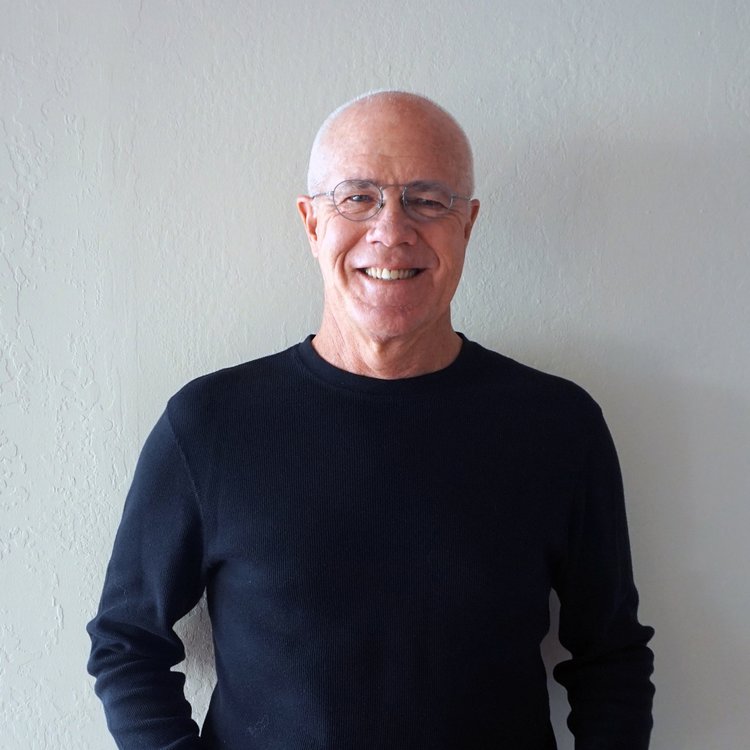First Hit: In the end, it was satisfying and that’s all that mattered.
I was one of those guys standing in line the first day that the original “Star Wars” film, later subtitled “Episode IV – A New Hope,” was released (1977). The moment the words “Star Wars” came on the screen, followed by the storyline scrolling up and fading into deep space, and lastly, the cruiser coming in overhead, I was hooked.
I liked some of the subsequent films. The prequels were a mixed bag, as were the sequels. Yesterday the final movie, number nine, was viewed, and I was happy I saw the ending to the film that started it all some forty-two years ago.
This film brought in many of the old characters in different scenes signaling this saga of stories’ conclusion. Most of these scenes worked well, but some did not.
The highlights included how they intertwined Leia’s (Carrie Fisher) stored archival footage quite effectively into this story. Because of Fisher’s passing, she had a more significant part than I would have imagined. Luke Skywalker (Mark Hamill), was terrific and became the Jedi teacher, just like his teacher Obi-Wan, was to him. Luke gave Rey (Daisy Ridley) her final lessons to become a true Jedi Knight and with that lesson, the sword (OK, lightsaber) was passed to her.
Her rival and representing the dark side, as Darth Vader once did to Luke, was a continuation of the previous film and well played by Adam Driver as Kylo Ren. The story also included small scenes with Lando Calrissian (Billy Dee Williams), who once owned the Millennium Falcon before he lost it in a poker match to Hans Solo (Harrison Ford) and his sidekick Chewbacca.
However, it was Harrison Ford’s addition that didn’t work as well. His talk with Kylo seemed odd because of his casual GQ attire look didn’t seem to fit the Hans of the past. Despite this, I appreciated the closure these additions provided.
The goal of this story was the defeat of the dark side still headed up by Emperor Palpatine. Palpatine (Ian McDiarmid) who was secretly managing the demise of the Resistance with the rest of the Siths from their planet Exegol. One of the twists - aren’t there always twists in a Star Wars film, was that Rey was Palpatine’s granddaughter. Palpatine was hoping to turn Rey to the dark side and together with Kylo, they would rule the universe and everything in it.
Heading up the Resistance’s battle against the dark side was Rey, Finn (John Boyega), and Poe Dameron (Oscar Isaac), who had inherited the Millennium Falcon and Chewbacca after Hans death in the previous story. Together they pulled all the outliers of the resistance to do one final battle against the dark side.
The scenes were well done, and the photography and special effects were A-1. The first 2/3rds of the film was a mishmash of battles and strategy sessions attempting to set up the final 1/3rd. The last section built up in a predictable yet effective way.
We know who’s going to win this battle of light and dark, but there was enough there to make one wonder along the way. It’s enough to keep you in your seat when the full-screen cinematography throws up images that touch your joy, curiosity, and memories of days gone by.
Ridley is strong in this role. I never warmed to her in the previous two films, but as this one moved along I started to accept her as the Jedi Knight savior and leader of the Resistance. Driver was excellent as Kylo. He had immediately picked up where Vader left off and even with his helmet off, Kylo’s face scar says it all. Isaac isn’t Ford. And to create a new captain of the Falcon is a significant role to jump into. Ford had his way, and eventually, I bought into Isaac’s version of the Millennium Falcon’s captain. Boyega’s part was good but his overall role seemed to be minor in the scope of things. Williams was okay as Lando, and there was one scene in which his charm was at the level it was when we were first introduced to him. Ford’s role seemed just a bit out of place and almost like an add-on. Hamill’s character was well done and I liked the inclusion. Chris Terrio and J.J. Abrams wrote a satisfying finale to this nine-film saga. J.J. Abrams also directed this effort and was able to put a final period at the end of this well-intentioned set of stories.
Overall: I’m more glad that sad that this saga is over because at least it ended strong.
